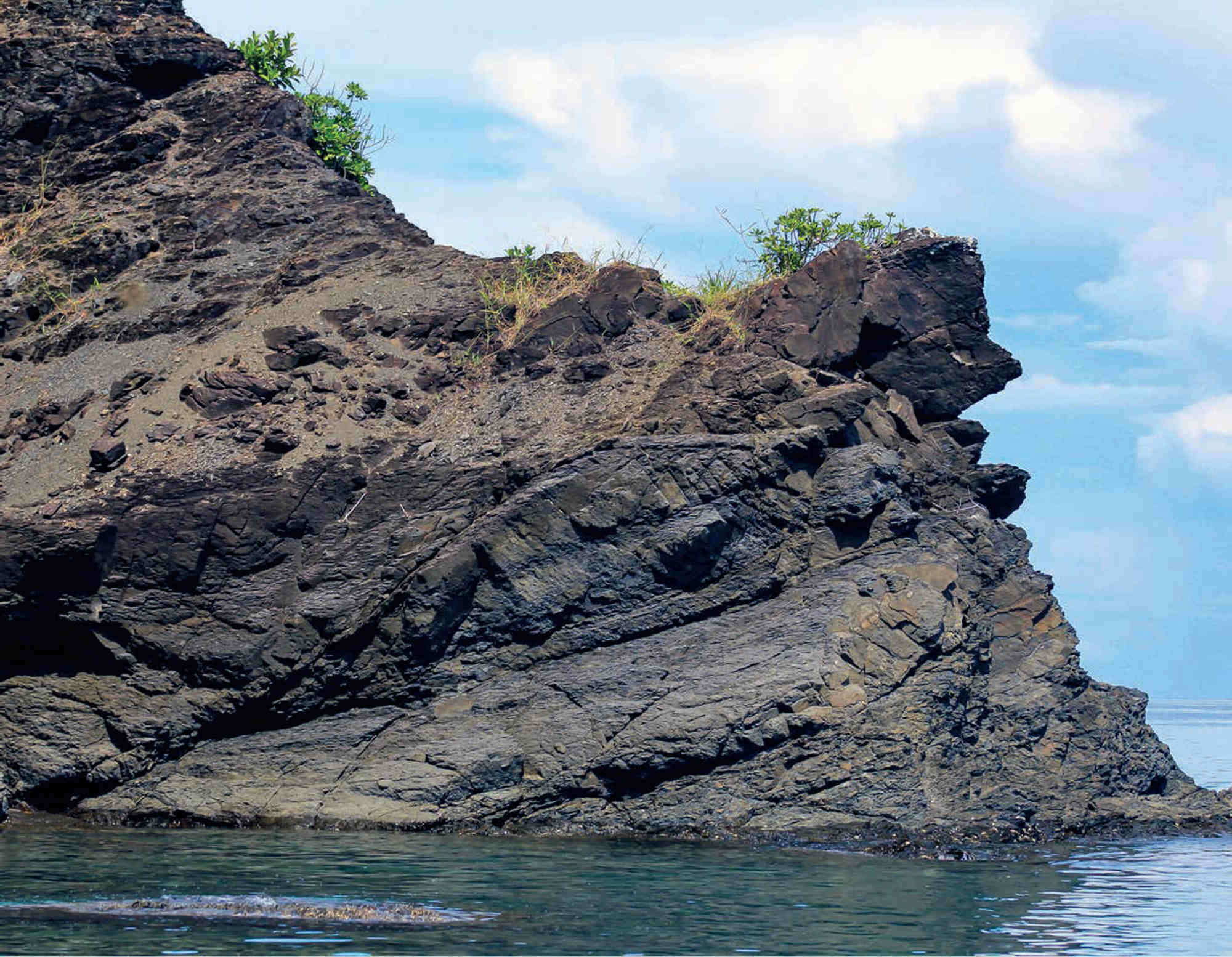
Geological legacy shapes our world in ways we often overlook. From towering mountains to deep ocean trenches, Earth's history is written in its rocks. Did you know that the Grand Canyon reveals nearly two billion years of geological history? Or that the Himalayas, the tallest mountain range, are still growing? Fossils found in sedimentary rocks tell stories of ancient life, while volcanic rocks speak of fiery eruptions. Minerals like quartz and feldspar form the building blocks of our planet. Understanding these facts not only enriches our knowledge but also helps us appreciate the dynamic nature of Earth. Ready to learn more? Let's dive into 30 amazing facts about our planet's geological wonders!
Key Takeaways:
- Earth's oldest rocks, like the Acasta Gneiss and Jack Hills Zircons, hold secrets dating back billions of years, revealing the incredible history of our planet's geological legacy.
- From the Grand Canyon to the Great Barrier Reef, Earth's famous geological formations showcase millions of years of history, offering a glimpse into the awe-inspiring forces that have shaped our planet.
Earth's Oldest Rocks
The geological legacy of our planet is a fascinating subject. Here are some intriguing facts about Earth's oldest rocks.
- Acasta Gneiss: Found in Canada, these rocks are about 4 billion years old.
- Jack Hills Zircons: These tiny crystals from Australia are over 4.4 billion years old.
- Isua Greenstone Belt: Located in Greenland, these rocks are around 3.8 billion years old.
- Nuvvuagittuq Greenstone Belt: Also in Canada, these rocks date back 4.28 billion years.
- Acasta Gneiss Complex: This area in the Northwest Territories of Canada contains some of the oldest known rocks on Earth.
Famous Geological Formations
Some geological formations are famous for their unique characteristics and historical significance.
- Grand Canyon: This iconic American landmark reveals nearly 2 billion years of Earth's history.
- Great Barrier Reef: The world's largest coral reef system, located off the coast of Australia.
- Mount Everest: The highest peak on Earth, formed about 60 million years ago.
- Uluru: Also known as Ayers Rock, this massive sandstone monolith in Australia is over 600 million years old.
- Stonehenge: This prehistoric monument in England is made of sarsen stones, which are around 5,000 years old.
Geological Phenomena
Earth's geological phenomena are both awe-inspiring and sometimes terrifying.
- Volcanoes: These openings in Earth's crust allow molten rock, ash, and gases to escape from below the surface.
- Earthquakes: Caused by the sudden release of energy in Earth's crust, leading to ground shaking.
- Tsunamis: Large sea waves generated by underwater earthquakes or volcanic eruptions.
- Geysers: Hot springs that periodically erupt with water and steam.
- Sinkholes: Depressions or holes in the ground caused by the collapse of a surface layer.
Fossils and Paleontology
Fossils provide a window into Earth's past, revealing the history of life on our planet.
- Trilobites: Extinct marine arthropods that lived over 500 million years ago.
- Dinosaurs: These ancient reptiles roamed Earth during the Mesozoic Era, about 230 to 65 million years ago.
- Mammoths: Large, extinct relatives of modern elephants that lived during the Ice Age.
- Ammonites: Extinct marine mollusks with spiral shells, common in the fossil record.
- Fossilized Plants: Ancient plants preserved in rock, providing insights into prehistoric ecosystems.
Geological Time Scale
The geological time scale divides Earth's history into different periods based on significant events.
- Precambrian: The earliest part of Earth's history, spanning from the formation of the planet to 541 million years ago.
- Paleozoic Era: Known for the emergence of complex life forms, lasting from 541 to 252 million years ago.
- Mesozoic Era: The age of dinosaurs, spanning from 252 to 66 million years ago.
- Cenozoic Era: The current era, beginning 66 million years ago and continuing to the present.
- Quaternary Period: The most recent period, starting 2.6 million years ago and including the present day.
Plate Tectonics
Plate tectonics is the theory explaining the movement of Earth's lithospheric plates.
- Continental Drift: The gradual movement of continents across Earth's surface over geological time.
- Mid-Atlantic Ridge: An underwater mountain range where new oceanic crust is formed.
- Ring of Fire: A major area in the Pacific Ocean basin where many earthquakes and volcanic eruptions occur.
- San Andreas Fault: A famous fault line in California, known for its earthquake activity.
- Himalayan Mountains: Formed by the collision of the Indian and Eurasian tectonic plates.
The Wonders Beneath Our Feet
Understanding geological legacy offers a glimpse into Earth's incredible history. From the formation of mountains to the creation of fossils, these processes shape our world. Knowing these facts helps us appreciate the planet's complexity and beauty.
Geology isn't just about rocks; it's about the stories they tell. Each layer of sediment, each mineral deposit, and each fossilized creature provides clues about Earth's past. This knowledge can also guide us in protecting natural resources and predicting natural disasters.
So next time you see a rock or a mountain, remember the millions of years of history it represents. Our planet is a living, breathing archive of time, and geology is the key to unlocking its secrets. Keep exploring, stay curious, and never stop learning about the wonders beneath our feet.
Frequently Asked Questions
Was this page helpful?
Our commitment to delivering trustworthy and engaging content is at the heart of what we do. Each fact on our site is contributed by real users like you, bringing a wealth of diverse insights and information. To ensure the highest standards of accuracy and reliability, our dedicated editors meticulously review each submission. This process guarantees that the facts we share are not only fascinating but also credible. Trust in our commitment to quality and authenticity as you explore and learn with us.
